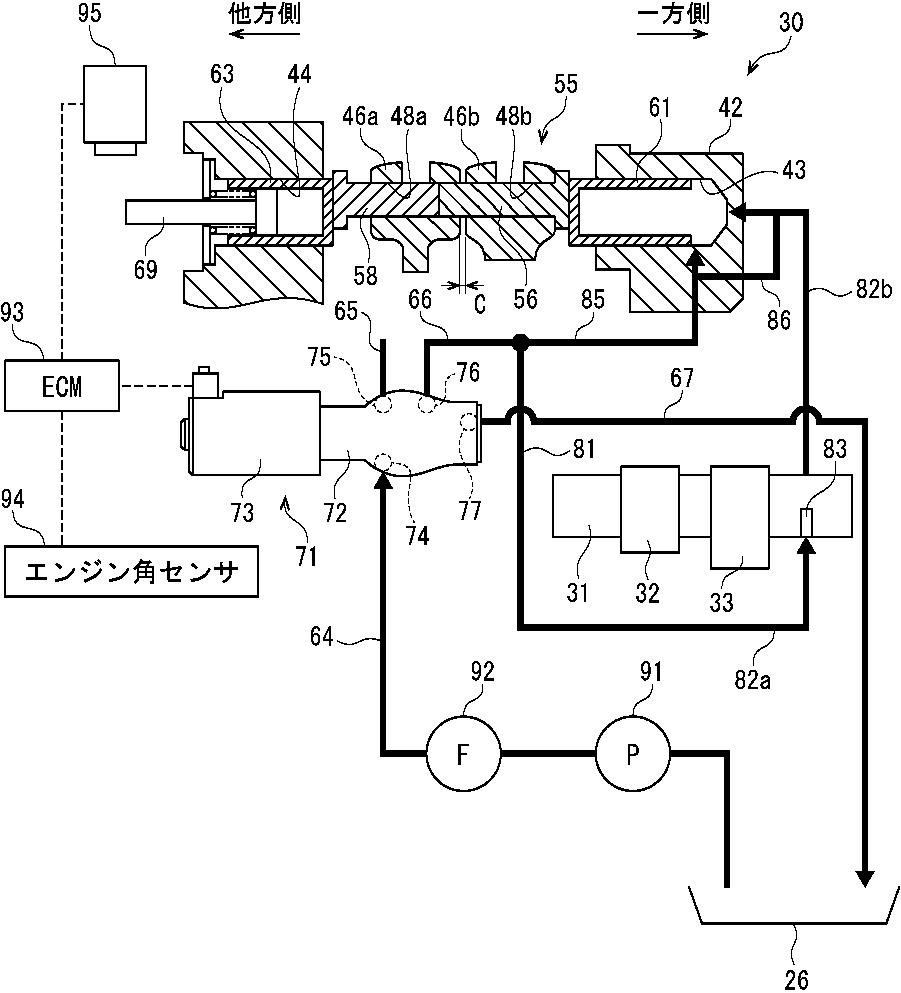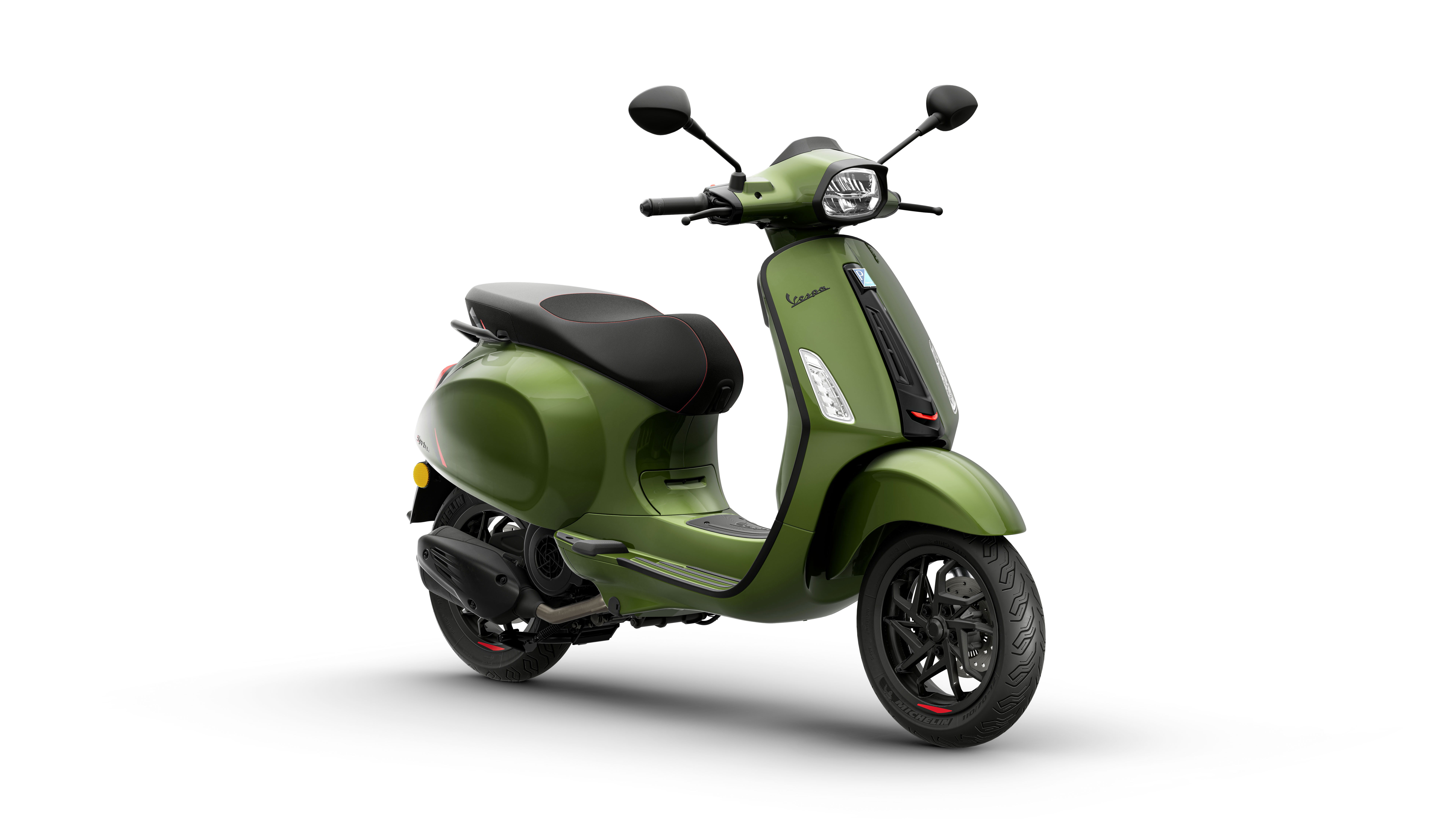Suzuki Patent VVT System For Small Capacity Engines
The system is reported to be landing on the V-Strom 250 and GSX-250R, but could roll out to other bikes

Patents filed by Suzuki have surfaced, showing that it is still forging on with its small capacity (250cc) Variable Valve Timing (VVT) system.
The new system is thought to be heading to the V-Strom 250 and GSX-250R, both of which share the same 249cc water-cooled single-cylinder engine. The engine currently makes a claimed 25bhp, and while the VVT system could unlock some more ponies from the dinky single, this patent probably has more to do with emission regulations and fuel economy than anything else.

The patent refers to a single overhead camshaft (SOHC) four-valve engine, and comprises variable valve gear (for both lift and duration) which is adjusted via a hydraulic actuator. You can read this article which explains how a variable valve timing system works
The move to introduce a VVT engine would be nothing new for Suzuki, with the 2017 GSX-R1000 being one of the most prominent models to gain the tech. On the GSX-R, the system was a fairly innovative mechanical phasing system that relied wholly on centrifugal force to alter the cam timing. It was a system passed down from MotoGP, where (at the time) electronic and hydraulic VVT systems were banned, although the system on the new patent looks much more conventional.
Adding the VVT to its mid-capacity machines is a safe bet to help future-proof the Hamamatsu brand’s bikes against further emissions regulations. And it wouldn’t be alone in adding VVT to smaller bikes for just that reason, as Yamaha already has 125cc models (R125 and MT-125) that feature Variable Valve Actuation (VVA).
Find the latest motorcycle news on Visordown.com












